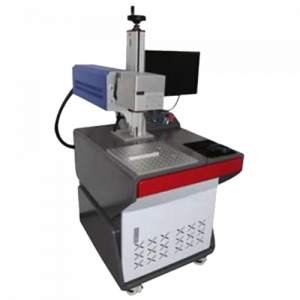Customization
Hot Stamping
Hot stamping or foil stamping is a printing method of relief printing in which pre-dried ink or foils are transferred to a surface at high temperatures. The method has diversified since its rise to prominence in the 19th century to include a variety of processes. After the 1970s, hot stamping became one of the most important methods of decoration on the surface of plastic products.
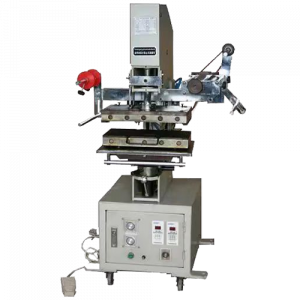
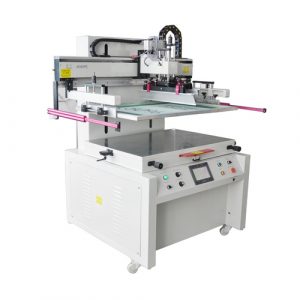
Screen printing
Screen printing is a printing technique where a mesh is used to transfer ink (or dye) onto a substrate, except in areas made impermeable to the ink by a blocking stencil. A blade or squeegee is moved across the screen to fill the open mesh apertures with ink, and a reverse stroke then causes the screen to touch the substrate momentarily along a line of contact. This causes the ink to wet the substrate and be pulled out of the mesh apertures as the screen springs back after the blade has passed. One colour is printed at a time, so several screens can be used to produce a multi-coloured image or design.
Embroidery
Embroidery is the craft of decorating fabric or other materials using a needle to apply thread or yarn. Embroidery may also incorporate other materials such as pearls, beads, quills, and sequins. In modern days, embroidery is usually seen on caps, hats, coats, overlays, blankets, dress shirts, denim, dresses, stockings, scarfs, and golf shirts. Embroidery is available in a wide variety of thread or yarn colour.
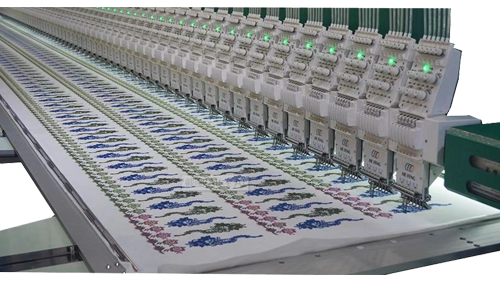
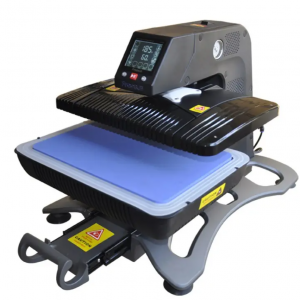
Heat Transfer
Heat transfer printing is a new method of printing patterns on various materials, especially suitable for the production of small and diverse personalized and customized products, as well as printing patterns containing full-color images or photos. The principle is to print the digital pattern on the special transfer paper through the printer with special transfer ink, and then use the special transfer machine to accurately transfer the pattern to the surface of the product under high temperature and pressure to complete the product printing.
Laser Engraving
Laser engraving is the practice of using lasers to engrave an object. Laser marking, on the other hand, is a broader category of methods to leave marks on an object. The technique does not involve the use of inks, nor does it involve tool bits which contact the engraving surface and wear out, giving it an advantage over alternative engraving or marking technologies where inks or bit heads have to be replaced regularly.
The impact of laser marking has been more pronounced for specially designed “laserable” materials and also for some paints. These include laser-sensitive polymers and novel metal alloys.
